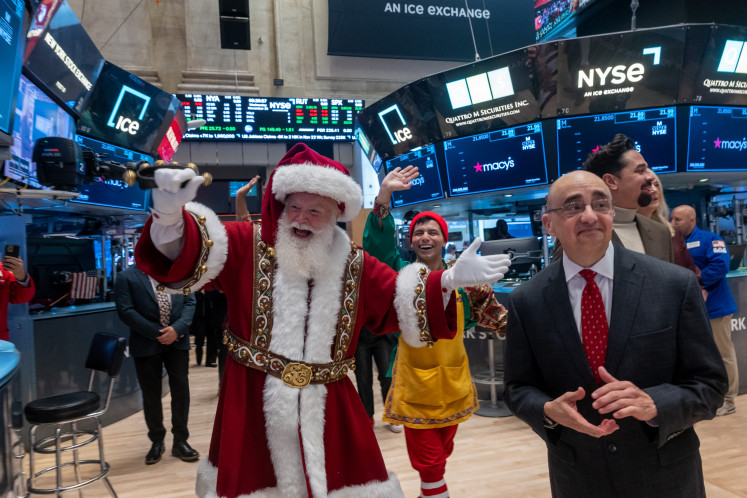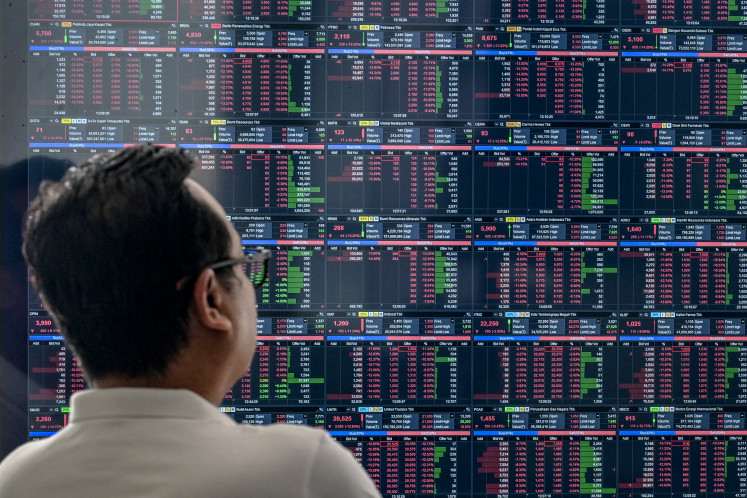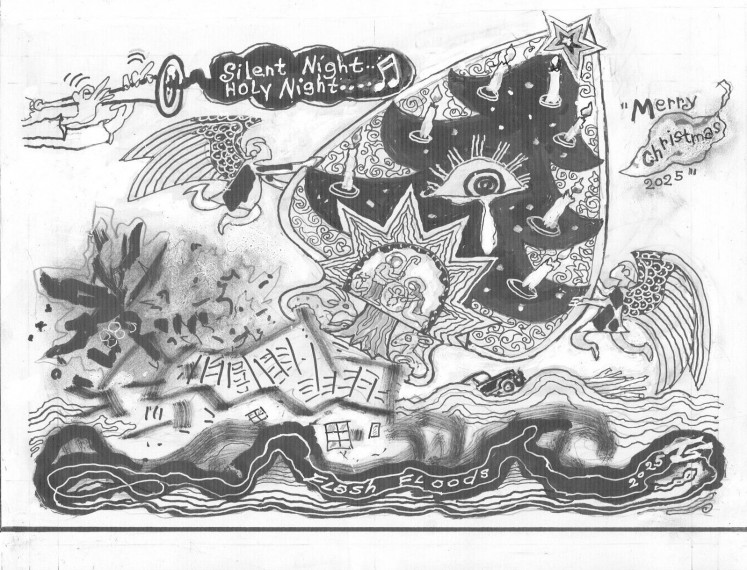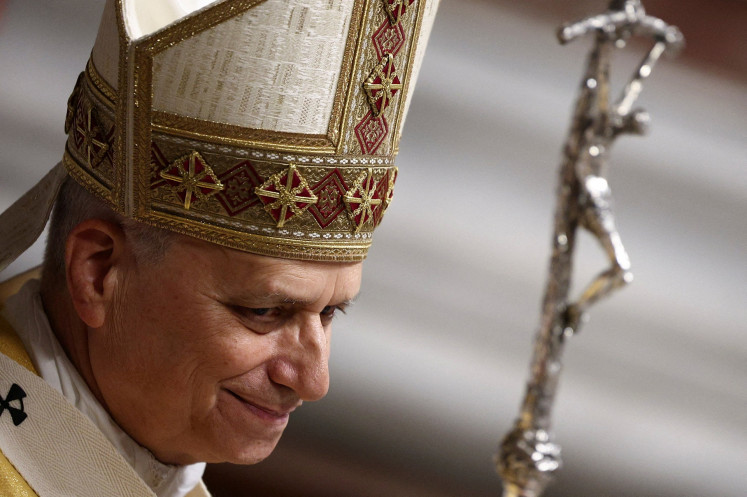Popular Reads
Top Results
Can't find what you're looking for?
View all search resultsPopular Reads
Top Results
Can't find what you're looking for?
View all search resultsDollar weakens as rate cut odds rise, tariff uncertainties linger
Change text size
Gift Premium Articles
to Anyone
T
he US dollar wavered on Tuesday as the rising odds of Federal Reserve rate cuts weighed on sentiment, while investors assessed the broader economic impact of US tariffs unleashed last week.
The dollar remained under pressure following Friday's US jobs report that showed cracks in the labor market, prompting traders to swiftly price in rate cuts next month.
US President Donald Trump's firing of a top statistics official and the resignation of Federal Reserve Governor Adriana Kugler also exacerbated market unease, leading to a sharp dive in the dollar on Friday.
The US currency found its footing on Monday but was weaker in early trading on Tuesday. The euro last bought $1.1579 while sterling stood at $1.3298.
The dollar index, which measures the US currency against six other units, was at 98.688 after touching a one-week low earlier in the session.
Traders are now pricing in a 94.4 percent chance of the Fed cutting rates in its next meeting in September, compared to 63 percent a week earlier, CME FedWatch tool showed.
Goldman Sachs expects the Fed to deliver three consecutive 25 basis point cuts starting in September, with a 50-basis-point move possible if the unemployment rate climbs further in the next report.
San Francisco Federal Reserve Bank President Mary Daly said on Monday that given mounting evidence that the US jobs market is softening and no signs of persistent tariff-driven inflation, the time is nearing for rate cuts.
"I was willing to wait another cycle, but I can't wait forever," Daly said.
Meanwhile, the focus remains on tariff uncertainties after the latest duties imposed on scores of countries last week by Trump, stoked worries about the health of the global economy.
The Japanese yen firmed slightly to 146.95 per dollar after minutes of its June policy meeting showed a few Bank of Japan board members said the central bank would consider resuming interest rate increases if trade frictions de-escalate.
The Swiss franc was steady at 0.8081 per dollar after dropping 0.5 percent in the previous session as Switzerland geared up to make a "more attractive offer" in trade talks with Washington to avert a 39 percent US import tariff on Swiss goods that threatens to hammer its export-driven economy.
The long-term impact of the tariffs though remains uncertain, with traders bracing for volatility.
"This is going to be like the pandemic, we all expect to see the transitory impact on supply chains to happen very quickly," said Rodrigo Catril, currency strategist at National Australia Bank in Sydney.
"It'll probably take six months to a year to see exactly where we land and who's going to be winners and losers from all this."
In other currencies, the Australian dollar was 0.11 percent higher at $0.64736, while the New Zealand dollar rose 0.11 percent to $0.5914.
"We're still of a view that the big dollar is heading down," Catril said, referring to the US dollar.
"While global growth means pro-growth currencies like Asian currencies and the AUD should struggle, we've other structural dynamics in the USD, where policies are dollar-negative."











